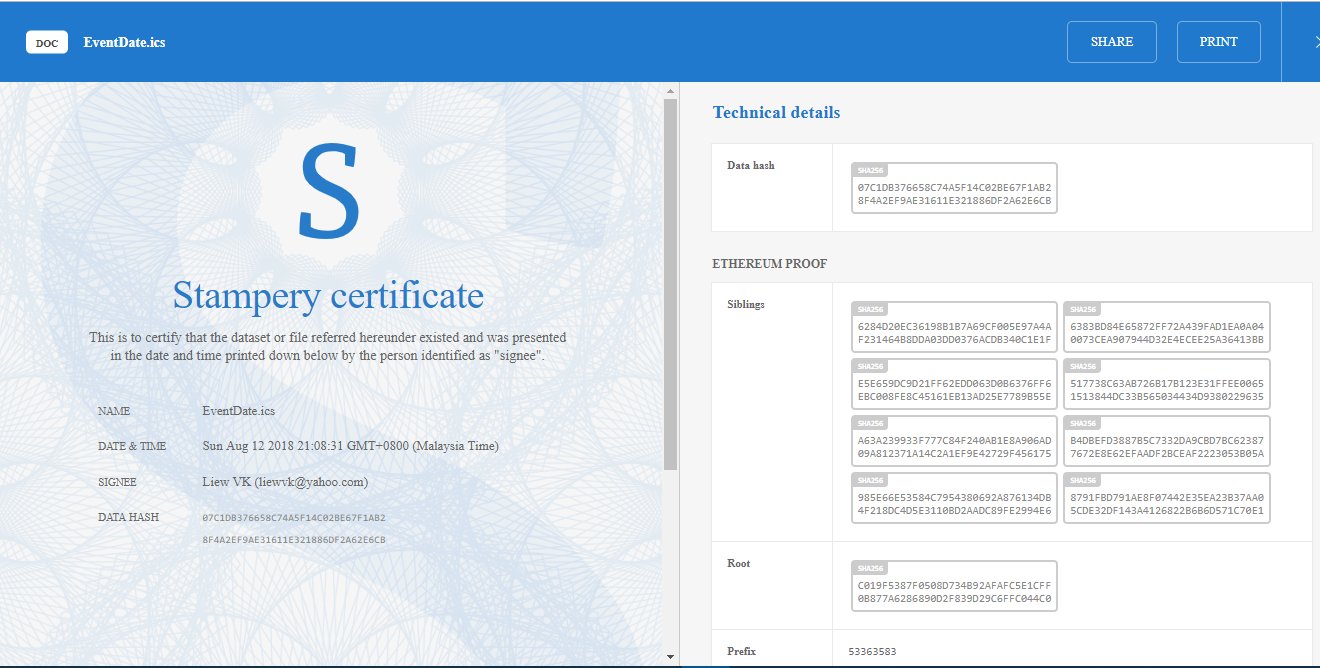The Machine Economy
From the connected mobile devices, wearable devices to Smart homes, the Internet of Things is beginning to permeate every aspect of our lives. The adoption of IoT technologies is fostering a new economy nurtured by these technologies. As this kind of economy is powered by the machine to machine (M2M) communication, it is also known as the machine economy.
According to IOTA foundation, the number of connected devices is estimated to reach 75 billion by 2025. Internet of Things (IoT) includes tiny sensors on roads, bridges, railway tracks, mobile phones, smart washing machines , smart drones, wearable electronics like smartwatches and more. The amount of data being produced and consumed by all these devices is becoming astronomical.
Over the next five years, it is predicted that the global IP traffic on the IoT network will increase five-fold by 2021, monthly IP traffic is expected to reach 31 Gigabytes per capita. However, for the same period, broadband speeds are expected only to double and the global data pipelines will experience congestion. By then, it will not be possible for all these devices to stay connected 24/7 to the centralized cloud silos for all the data they will generate.
Recently, the emergence ‘Fog’ and ‘Mist’ computing emerged might provide a solution to the aforementioned issue. However, how to distribute resources efficiently across the IoT ecosystem remains a huge challenge in this new Machine Economy. Therefore, IOTA was conceptualized with the mission to tackle the congestion issue. By implementing zero fee transactions, these devices can share the technological resources in
The Vision of IOTA
The vision of IOTA is to enable all connected devices through verification of truth and transactional settlements, which incentivize devices to make available its properties and data in real time. In addition, the IOTA cryptocurrency was developed to enable Machine-2-Machine (M2M) transaction, thus creates the machine economy powered by IoT.
The main objective of IOTA is to serve the machine economy by enabling zero fee M2M payments. IOTA has established itself as the leader in IoT
The Tangle
IOTA technology is similar to the blockchain technology but it is not blockchain-based. In fact, it utilizes a kind of distributed ledger technology minus the blocks. IOTA is a permissionless distributed ledger that utilizes a cutting-edge technology, known as Tangle. The Tangle is a new data structure based on a Directed Acyclic Graph(DAG). As opposed to the blockchain, it has no blocks, no chain and also no Miners. This unique new architecture enables IOTA works differently compared to Blockchains and other Distributed Ledger Technologies.
The Core Principles
IOTA uses a DAG instead of a blockchain to store its ledger. The main objective is to solve the scalability issue. As we all know, a blockchain has an inherent transaction rate limit, due to the conflict between block sizes and block issuances rates. If blocks are issued too
In a DAG, forks can still occur but unlike in a blockchain, a fork is not final. In the DAG system, diverging branches can still be merged back together, as long as they are consistent with each other. The transaction rate is therefore bounded only by the latency between the nodes. A DAG favors availability over consistency.
The Tangle Structure
The Tangle is a Directed Acyclic Graph (DAG). In computer science, a directed graph is a collection of vertices (squares), which are connected to each other by edges (arrows). In the IOTA Tangle data structure, the vertices represent transactions, and the edges represent approvals. It retains the blockchain features that include distributed ledger, immutability, and secure transactions, but it does not utilize the blocks.
The Tangle structure is shown in the following figure.

With reference to the figure below, If there is an edge(arrow)
directed node (vertex) 100 to node 99, it means that node 100 approves the transaction at node 99. When a node issues a new transaction, it must choose 2 previous ones to approve, thereby adding 2 new edges(arrows) to the graph. Notice that each node must be

The first transaction in the Tangle is referred to as the genesis. All the IOTA tokens were created in the genesis, and no new ones will ever be created. All transactions in the tangle reference the genesis directly or indirectly.
Transactions with no approvers are called tips. In the figure above, node 100 is a tip because no one approves its transaction yet. All the nodes must choose tips to approve, rather than older transactions, because this helps move the network consensus forwards. The method for choosing which two tips one should approve is one of the key innovations of IOTA.

